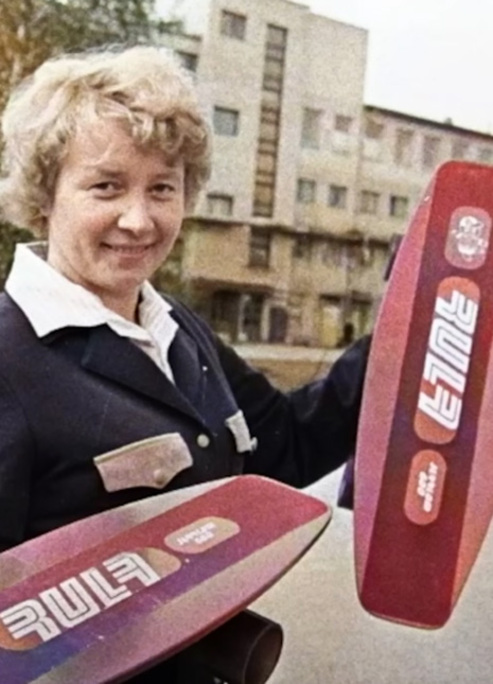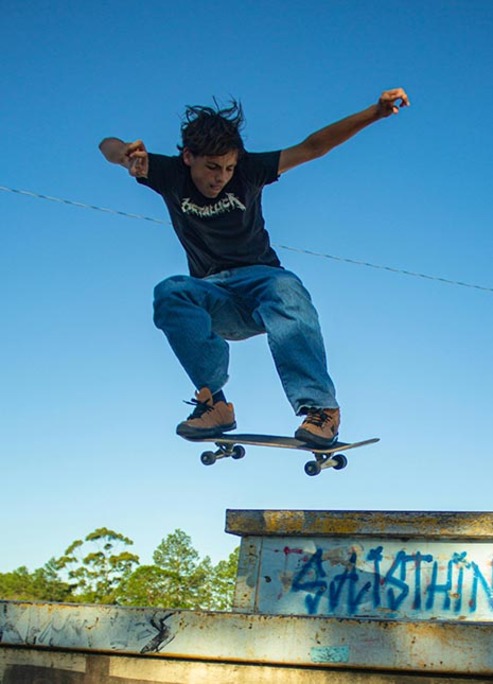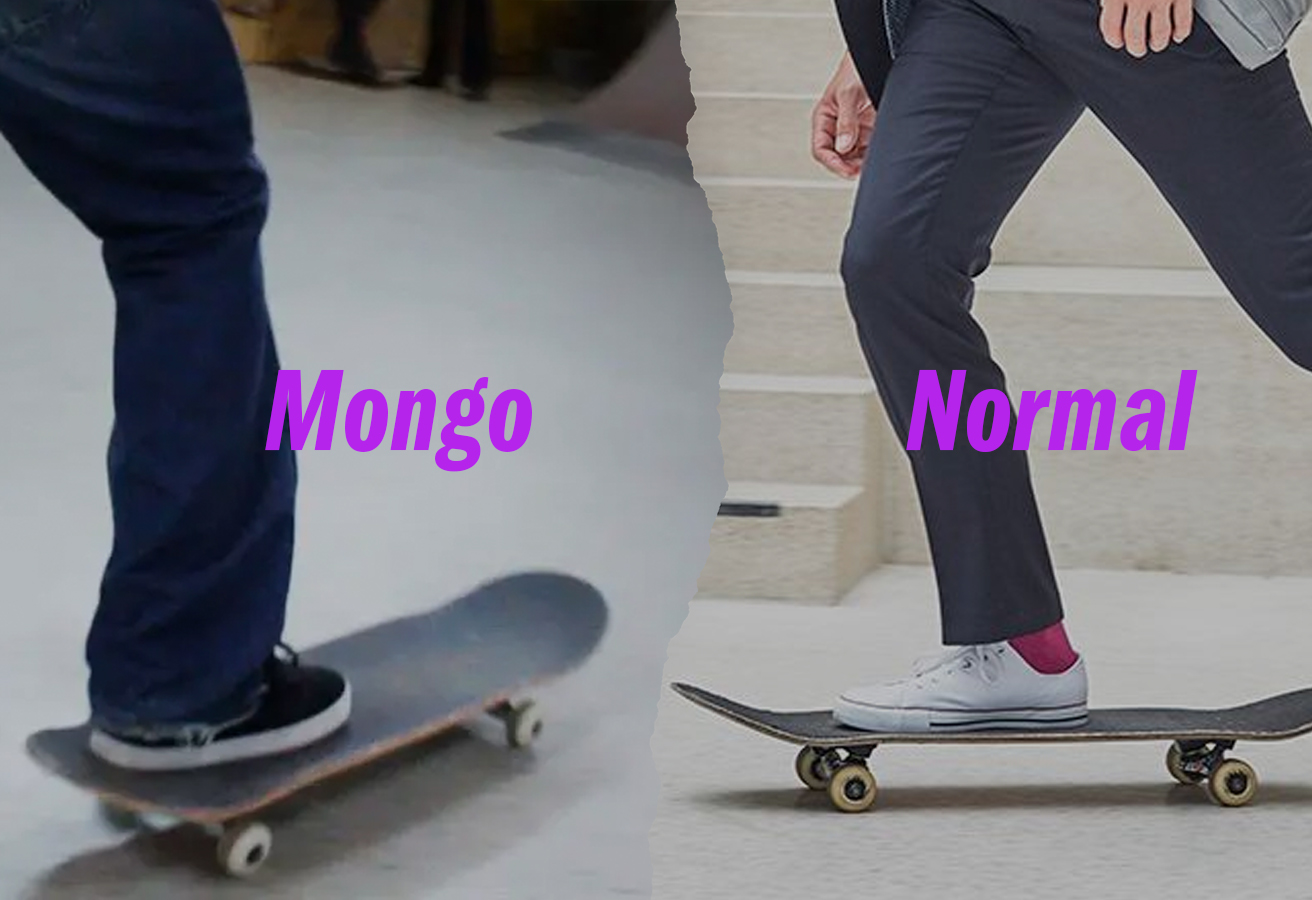
Why Skateboarders Don't Push Mongo
Skateboarding is not just a sport, it's a culture that thrives on innovation, style, and individuality. One of the most distinct aspects of skateboarding is how riders propel themselves on their boards. If you've been around the skateboarding community for a while, you've likely heard about the debate surrounding pushing "mongo." In this article, we'll delve into the science and style behind why skateboarders typically avoid pushing mongo.
1. The Aesthetics of Skateboarding:
Skateboarding has always celebrated a unique sense of style. The way a skateboarder moves and carries themselves on their board is as essential as the tricks they perform. Pushing with your front foot and steering with your back foot (often referred to as regular or "skater" push) has become a fundamental element of skateboarding's visual identity. The result is a fluid, stylish, and natural-looking motion that has become synonymous with the sport.
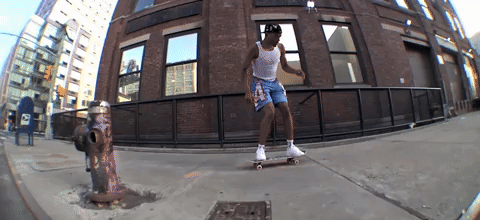
2. Improved Control and Stability:
One of the primary reasons skateboarders avoid pushing mongo is the advantage it offers in terms of control and stability. When you push with your front foot and steer with your back foot, your weight is centered over the board's trucks. This distribution of weight provides a more balanced platform, making it easier to control your board, especially when navigating tricky terrain or performing technical tricks.

3. Quick and Seamless Transition:
Skateboarding often requires quick transitions between pushing and executing tricks. Pushing mongo involves shifting your weight towards the back, making it challenging to instantly initiate tricks or adjust your position. Regular pushing ensures a seamless transition between pushing and executing tricks, helping skateboarders maintain momentum and fluidity in their lines.

4. Better Footwork for Tricks:
Skateboarding is all about creativity, and many tricks involve precise footwork. Pushing regular allows skateboarders to develop their footwork skills effectively. When the rider's weight is positioned correctly, they can execute tricks more precisely, which is essential for mastering complex maneuvers like kickflips, heelflips, or varial flips.

5. Avoiding Inefficiency:
Mongo pushing is often seen as less efficient. When you push with your front foot and then reposition it, you're essentially wasting energy and time. Pushing regularly eliminates this inefficiency, making it easier to maintain speed and endurance during a skate session.
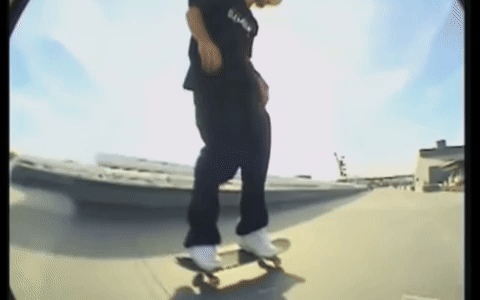
6. Building a Strong Foundation:
Skateboarding is all about building a solid foundation. Learning to push regularly is often one of the first skills skateboarders develop. This foundation can help beginners progress more smoothly and become well-rounded skateboarders in the long run.
The bottom line:
The debate over pushing mongo may persist within the skateboarding community, but there's no denying that the majority of skateboarders prefer pushing with their front foot for good reasons. Not only does it provide a more stylish and visually pleasing approach to riding, but it also offers better control, stability, and efficiency. In the end, skateboarding is all about expressing yourself and having fun on your board, and pushing regularly aligns perfectly with these principles. So whether you're a seasoned skater or just getting started, remember that there's more to skateboarding than just landing tricks – it's about embracing the culture, style, and tradition that make it an incredible sport.


